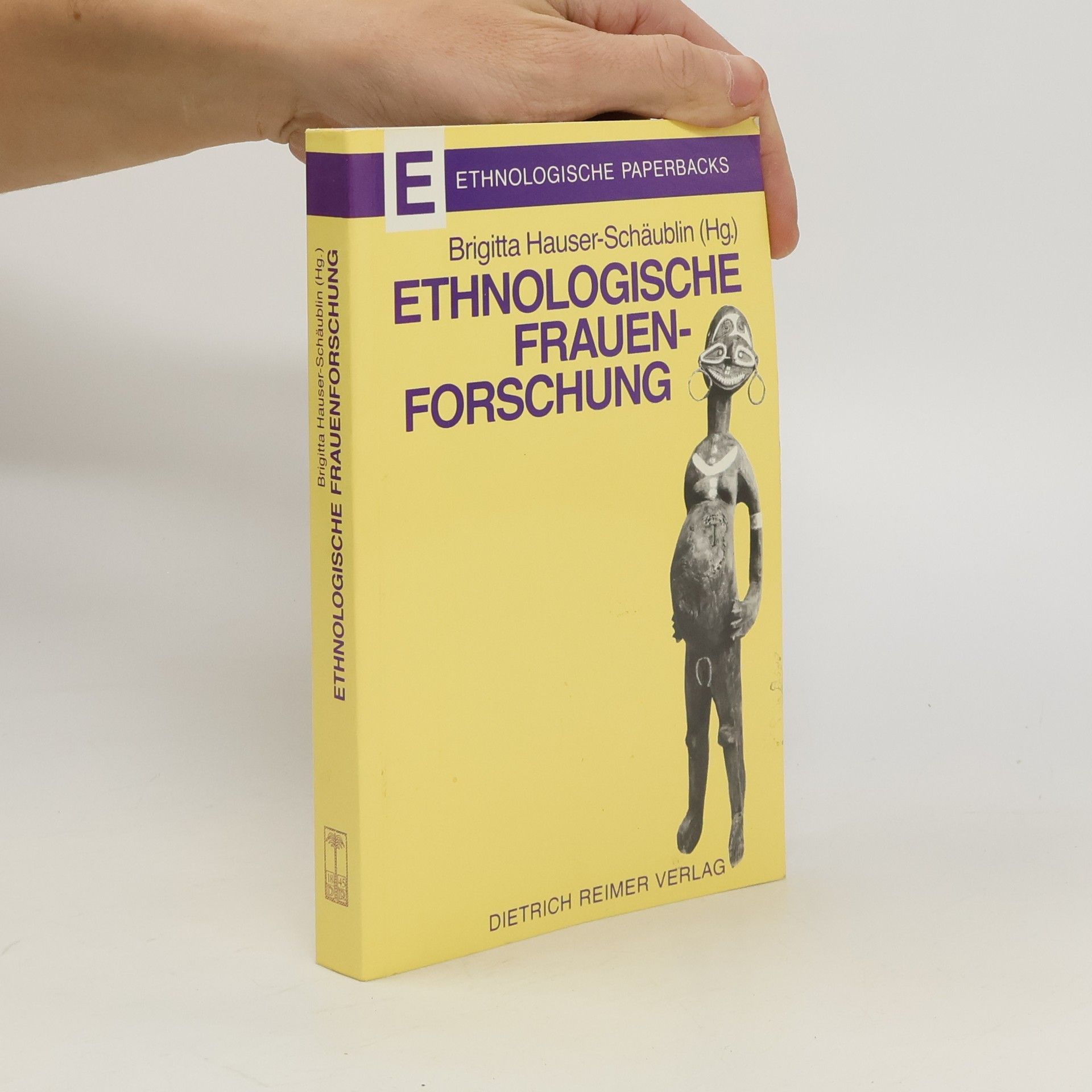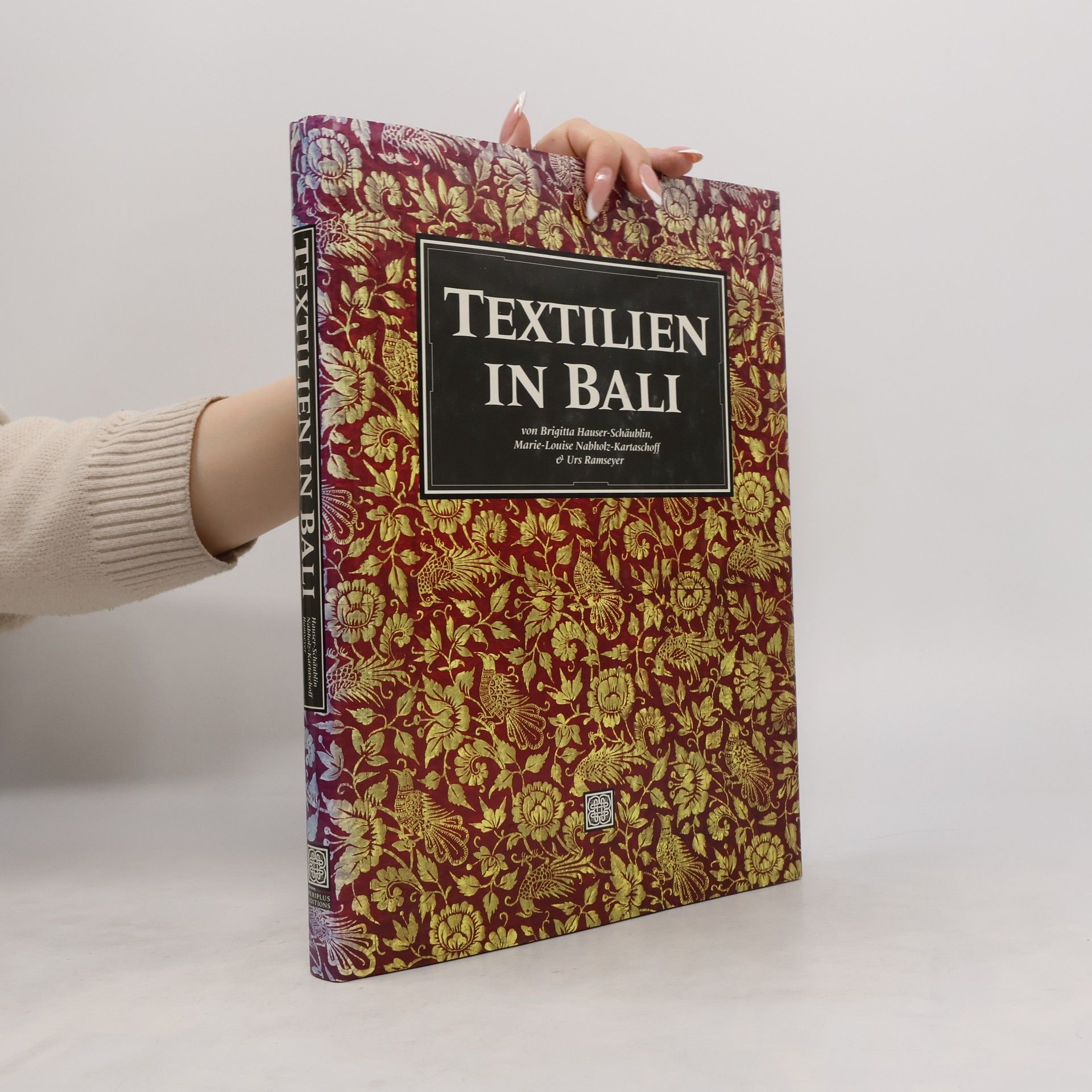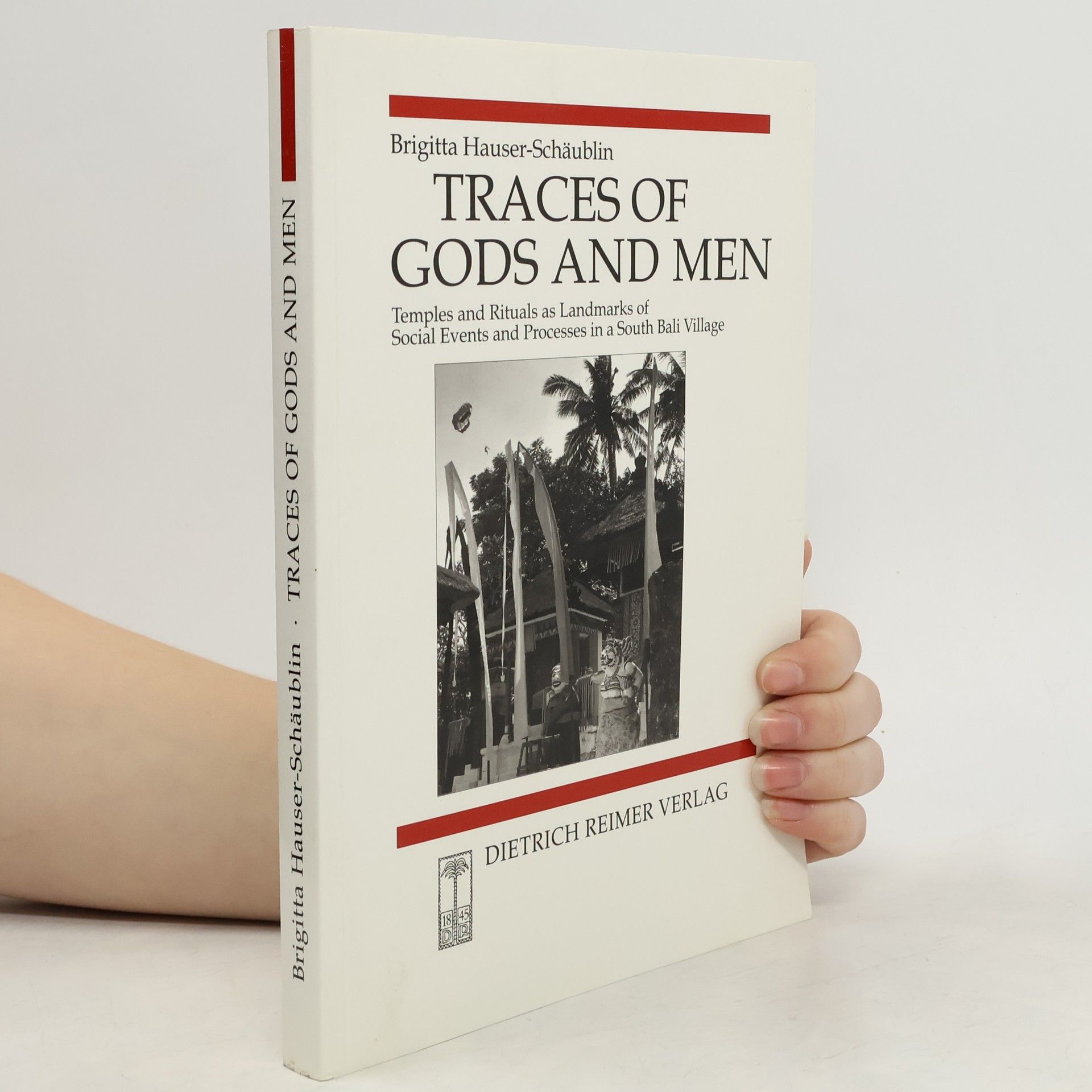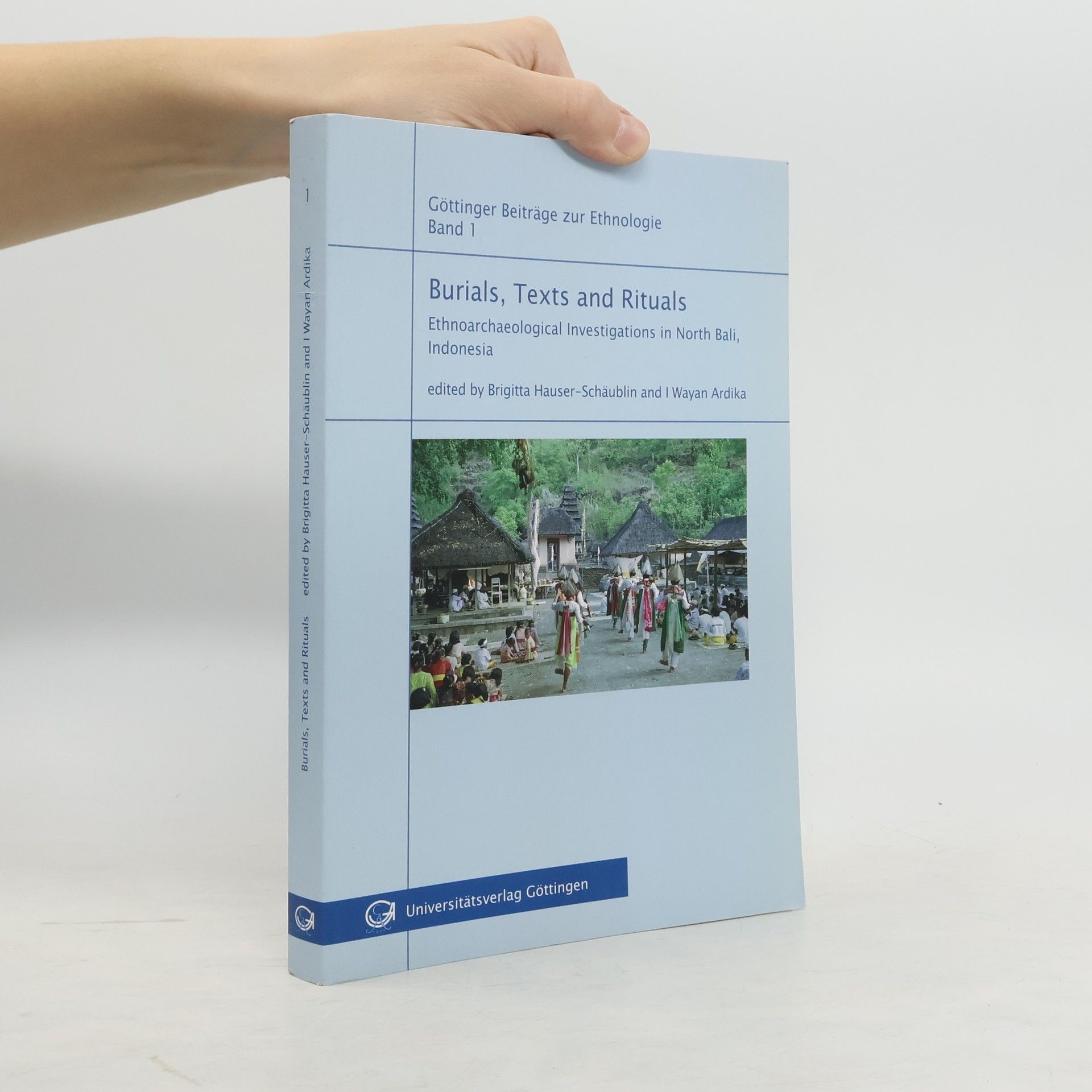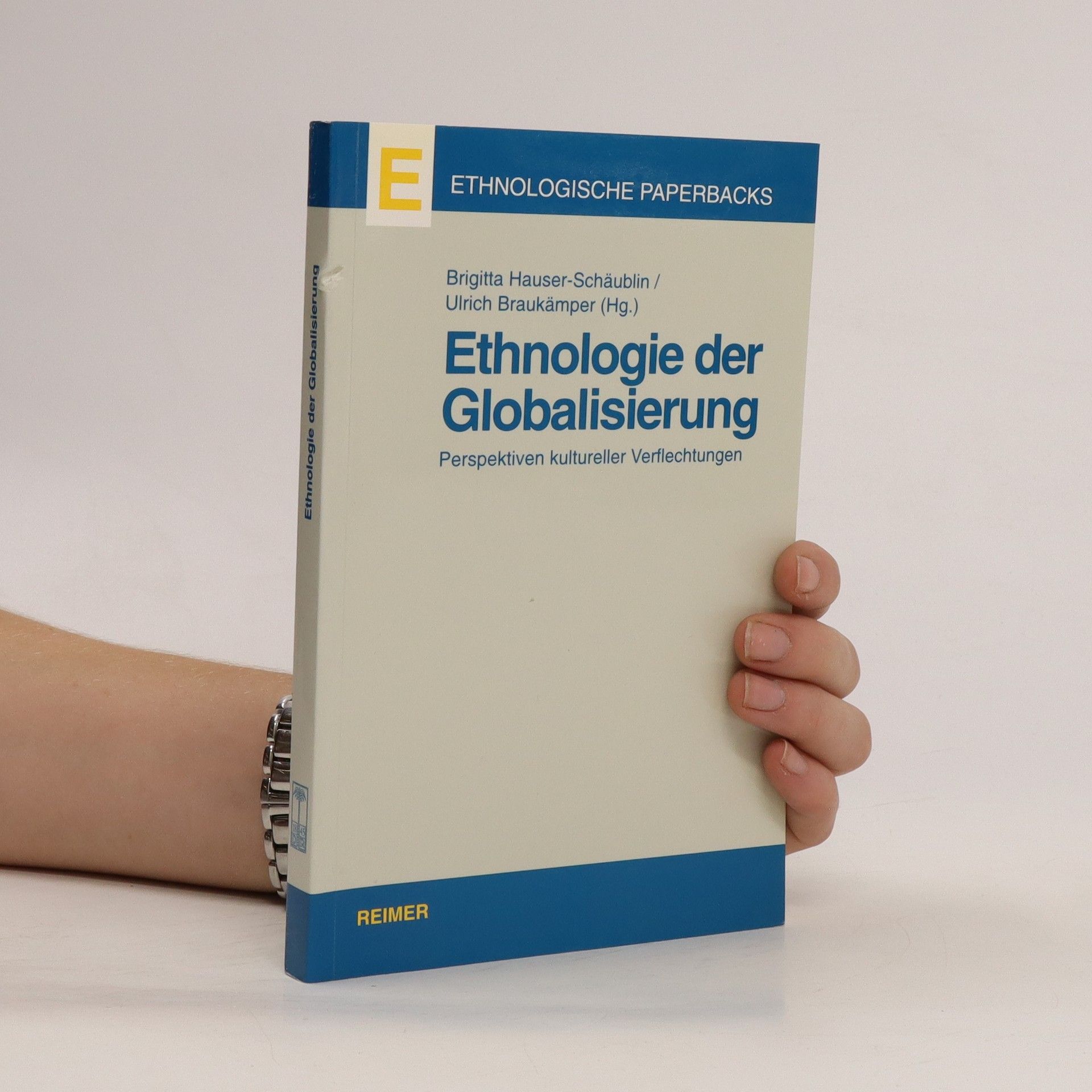Women in Kararau
Gendered Lives, Works, and Knowledge in a Middle Sepik Village, Papua New Guinea
The book offers a glimpse into the Iatmul society of the Middle Sepik, initially studied by Gregory Bateson in the late 1920s, while Margaret Mead explored sex roles among the nearby Tchambuli people. The author lived in the Iatmul village of Kararau during 1972/3, focusing on women's lives, work, and knowledge. She returned to the Sepik in 2015 and 2017, enriching the narrative with two chapters on the Iatmul's life in the 2010s. The text, a translation of a 1977 German publication, includes extensive quantitative and qualitative data on subsistence economy, marriage, and women's knowledge of myths and rituals. Life histories and in-depth interviews provide profound insights into women's experiences and emotions, particularly regarding their relationships with men in the early 1970s. Since then, Iatmul culture has undergone significant changes, particularly in economy, religion, knowledge, and gender relations. In her afterword, anthropologist Christiane Falck discusses major themes from a 2018 perspective, drawing on her fieldwork that began in 2012. Overall, the book delivers detailed insights into gendered lives in the 1970s and the cultural dynamics that have evolved since then.
